We believe in providing top quality workmanship and are so confident in our level of service
that we back.
Palm Kernel Oil
What is Palm Kernel Oil
Palm kernel oil is derived from the seeds (kernels) of the palm oil tree (Elaeis guineensis). This is different from palm oil, which is extracted from the flesh of the palm fruit. Palm kernel oil is a stable and versatile oil with several advantages for cooking and industrial uses. However, its high saturated fat content and environmental concerns associated with its production should be considered when incorporating it into diets and product formulations.
Palm kernel oil is primarily composed of about 80% saturated fatty acids, with lauric acid being the predominant one at around 50%, and myristic acid making up approximately 17%. It also contains about 15% monounsaturated fatty acids, mainly oleic acid, and a small amount of polyunsaturated fatty acids, including linoleic acid, which is less than 10%. The high saturated fat content gives palm kernel oil a solid consistency at room temperature and makes it stable for high-heat cooking and baking. Additionally, the oil contains minor amounts of tocopherols and tocotrienols, which are forms of vitamin E with antioxidant properties.
.
Steps of Palm Kernel Oil Refining Plant
-
Step 1
Acid Gum Conditioning
Acidic agents, such as phosphoric or citric acid, are added to the crude palm kernel oil to break down non-hydratable phospholipids and other impurities, improving efficiency in subsequent refining steps.
-
Step 2
Bleaching
Bleaching earth or activated clay is mixed with the oil to adsorb color pigments, trace metals, and unwanted compounds. The oil is then filtered to produce a bright and clear product.
-
Step 3
Deodorization
The oil is subjected to high-temperature steam distillation under vacuum conditions to eliminate free fatty acids (FFA), odor-causing compounds, and other volatiles, ensuring a neutral-smelling, high-quality oil.
-
Step 4
Fractionation
The oil is cooled under controlled conditions to crystallize the solid components (stearin). Filtration is then used to separate the solid (stearin) and liquid (olein) fractions. This process produces fractions with distinct melting points, suitable for various uses such as cooking oil, margarine, and confectionery fats.
Advantages of Palm Kernel Oil Refining Plant Supplied by Muez Hest
- Enhanced Oil Quality
- Optimized Fractionation Process
- Energy-Efficient Operations
- Maximum Oil Recovery
- Automation and Control Systems
- Durable and Corrosion-Resistant Equipment
- Eco-Friendly Processing
- Comprehensive Quality Assurance
- Cost-Effective Operations
- Customizable and Scalable Design
Get A Quote to discuss
your manufacturing requirements

Global Installation
Global Installation
Strategies to ensure proactive domination. At the end of the day,User generated content in real-time will have multiple touchpoints for offshoring.
-
0
Project completed
-
0
Satisfied client
-
0
Year of experience
-
0
Qualified specialist
Our Clients
We worked with royal clients







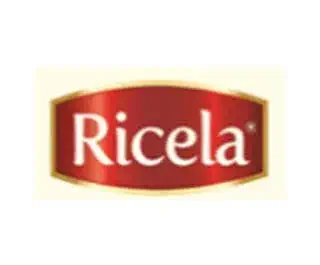
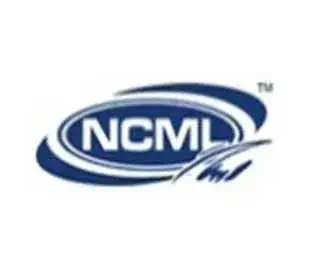







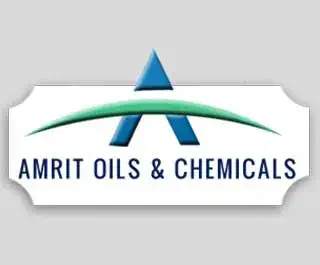




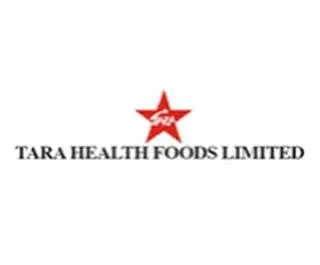
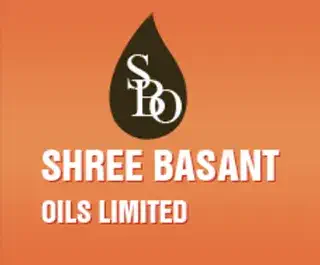
our blogs
Recent News & Articles
faq
Frequently Asked Questions
Discover some of the most asked questions regarding Palm Kernel Oil.
What is palm kernel oil?
Palm kernel oil is a vegetable oil extracted from the seeds (kernels) of the oil palm fruit (Elaeis guineensis). It differs from palm oil, which is extracted from the flesh of the fruit. Palm kernel oil is known for its high saturated fat content and is used in cooking, food processing, and various industrial applications.
What are the benefits of palm kernel oil compared to other vegetable oils?
Palm kernel oil has several benefits:
– High Saturated Fat Content
– High Smoke Point
– Nutritional Profile
– Versatility
Is palm kernel oil suitable for people with dietary restrictions?
Palm kernel oil is generally suitable for most diets. It is vegan and free from major allergens. However, due to its high saturated fat content, it should be consumed in moderation, especially for individuals with cardiovascular health concerns. Always check product labels for specific dietary certifications.
What is the shelf life of palm kernel oil?
Palm kernel oil typically has a shelf life of about 6 to 12 months when stored in a cool, dark place. Proper storage helps maintain its quality and prevent rancidity.
Can palm kernel oil be used for all types of cooking?
Yes, palm kernel oil’s high smoke point (approximately 450°F or 232°C) makes it suitable for various cooking methods, including frying, sautéing, and baking. Its stability at high temperatures makes it a popular choice for deep-frying.



